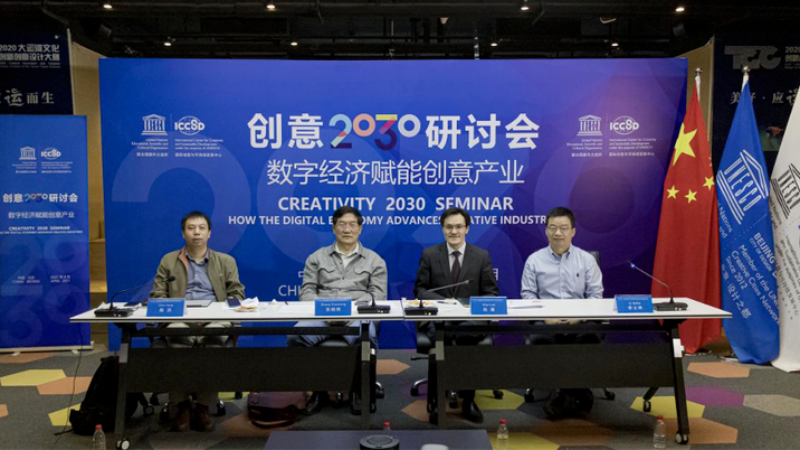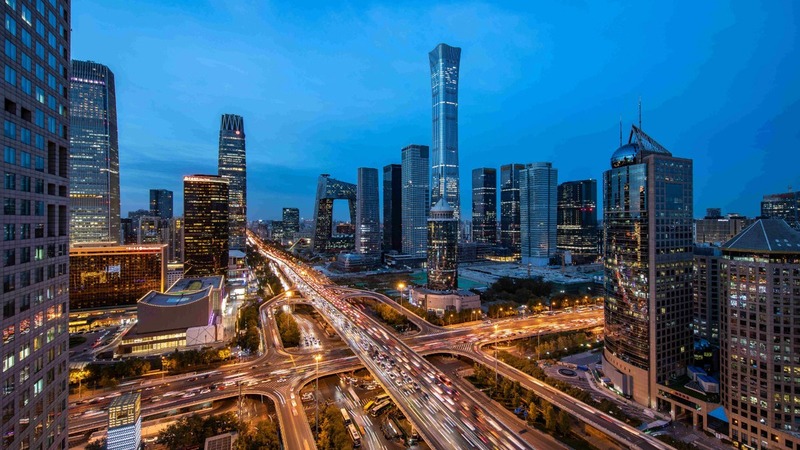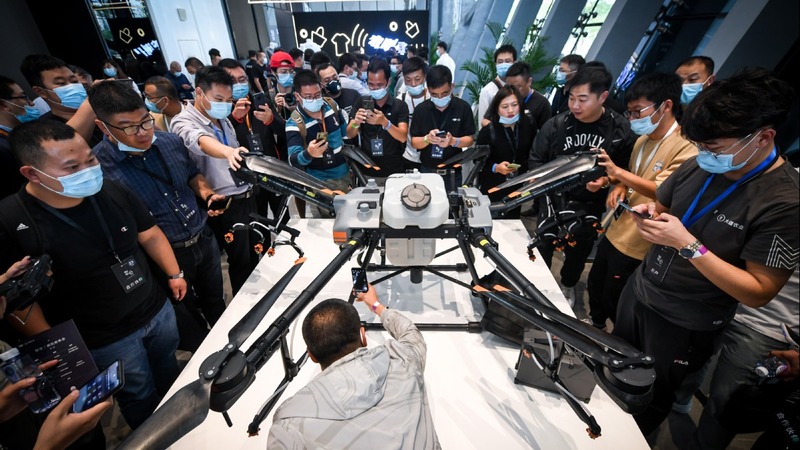I'm sure this particular seminar is a great contribution towards how do we accelerate the SDGs using creativity. I will quickly highlight some of the points from the UNESCO point of view, as well as the director and representatives here. I'm really looking forward to work very closely with the center and the advisory board.
The creative economy is one of the world's most rapidly growing sectors and it currently contributes to 3 percent of global GDP. And one of the unique features of the creative economy is the dual nature of the values both through physical manifestation of creativity (e.g. films, paintings and books) and an intangible expression of creativity (e.g. dances, music and performances).
At the heart of the creative economy are cultural and creative industries (CCIs), which are operated at the crossroad of arts, culture, commerce and technology. CCIs generate 2.25 trillion USD annually and employ over 30 million people worldwide [ UNESCO, Re|Shaping Cultural Policies, 2018]. They are really very big job providers for young people from 18 to 25, and this is the industry of today and the industry of tomorrow.
Creativity is increasingly recognized as a renewable, omnipresent resource for sustainable, human-centered development. So certainly very important for SDGs and empower and engage various vulnerable and at times marginalized groups what we regard who are left behind.
The UNESCO 2005 Convention on the Protection and Promotion of the Diversity of Cultural Expressions certainly provides a policy framework to stimulate the development of local and national CCIs which promote a more balanced flow of cultural goods and services across the world. I would also like to add that the UNESCO 1980 Recommendation concerning the Status of the Artist calls for the improved professional, social, and economic status of cultural workers. The adoption and implementation of these instruments must be encouraged throughout this year 2021 which is seen as special highlight by Hans.
COVID-19, as all of us know, has exposed many vulnerabilities, especially in the culture sector. Because this sector has heavy reliance on venues and it is also the hardest because its travel restriction problem throughout physical distancing measures: according to the International Council of Museums (ICOM), nearly 13 percent of museums may never reopen. Many small creative enterprises and organizations, lacking cash reserves or endowments, are fighting for their survivals. Due to the often-informal nature of employment in the sector, many freelance and part-time workers have slipped through the cracks of conventional social safety nets. So this is really very big issue and that's why we have to accelerate the digitalization of cultural content. Digital sales in the music industry have recently increased by 16 percent in just one year between 2015 and 2016. Web-based technologies have the potential to expand public access to diverse cultural expressions, stimulate innovation and have many new innovative creations, and hopefully have better remuneration for artists and creators. Lockdown measures have demonstrated that a lack of access to the internet has a big limitation for our actually cultural life.
Creative transactions are now increasingly online, and using the digital revolution is a prerequisite for a flourishing creative economy of the 21st century. So certainly we need all efforts to bring attention to access to the Internet, copyright protection and remuneration for online cultural goods, improvement of ICT infrastructure, training of creative workers and of course how do we make sure their benefit for our arts and our society,and that's why we need to carefully look into this kind of platforms which can help locally and globally.
Education sector has to be very carefully considered also because we need to bring ICT , and I would say the creativity-literate talents into our workforce, so we have to carefully look into their collection, we need to understand how these fit into the UN countries, sustainable development cooperation frameworks. That's why this 2021 is a very special year, the Year of Creative Economy for Sustainable Development, and that's why we need to bring, of course all strengths of UNESCO, but I would also say we need to work closely with UNESCO system , because UNESCO brings very unique aspect of culture and of course ICTs, but at the same time, we need to bring on board other parts of the UNDP , you and I, along with others to think of to creative economy to promote and accelerate the economic and social contributions to this sustainable development which we already slow down.
Lastly, There are 14 creative cities just in China, and we're going to have a network of natural culture creative cities in China. And I invite that we should have a strong partnership with ICCSD, so that's a very important action I would like to highlight to you. We're also already in dialogues with many countries, including the Mongolia, to which we will bring unique training opportunities.
There may be opportunities for us to think bigger for South-South cooperation. There are huge potentials working with ASEAN as well as the part of Asia, and of course Africa.
Creative economy and digital economy might find messages we need to think bigger and beyond our boundaries. And China's Belt & Road Initiative and the South-South Cooperation are benefiting all the people who need this help very very urgently. I really look forward to the friendship, the strong partnership whenever you can use me.I would be very happy to work with you. I see you as very big strength of UNESCO. ICCSD is certainly very important part of the sustainable development world.





